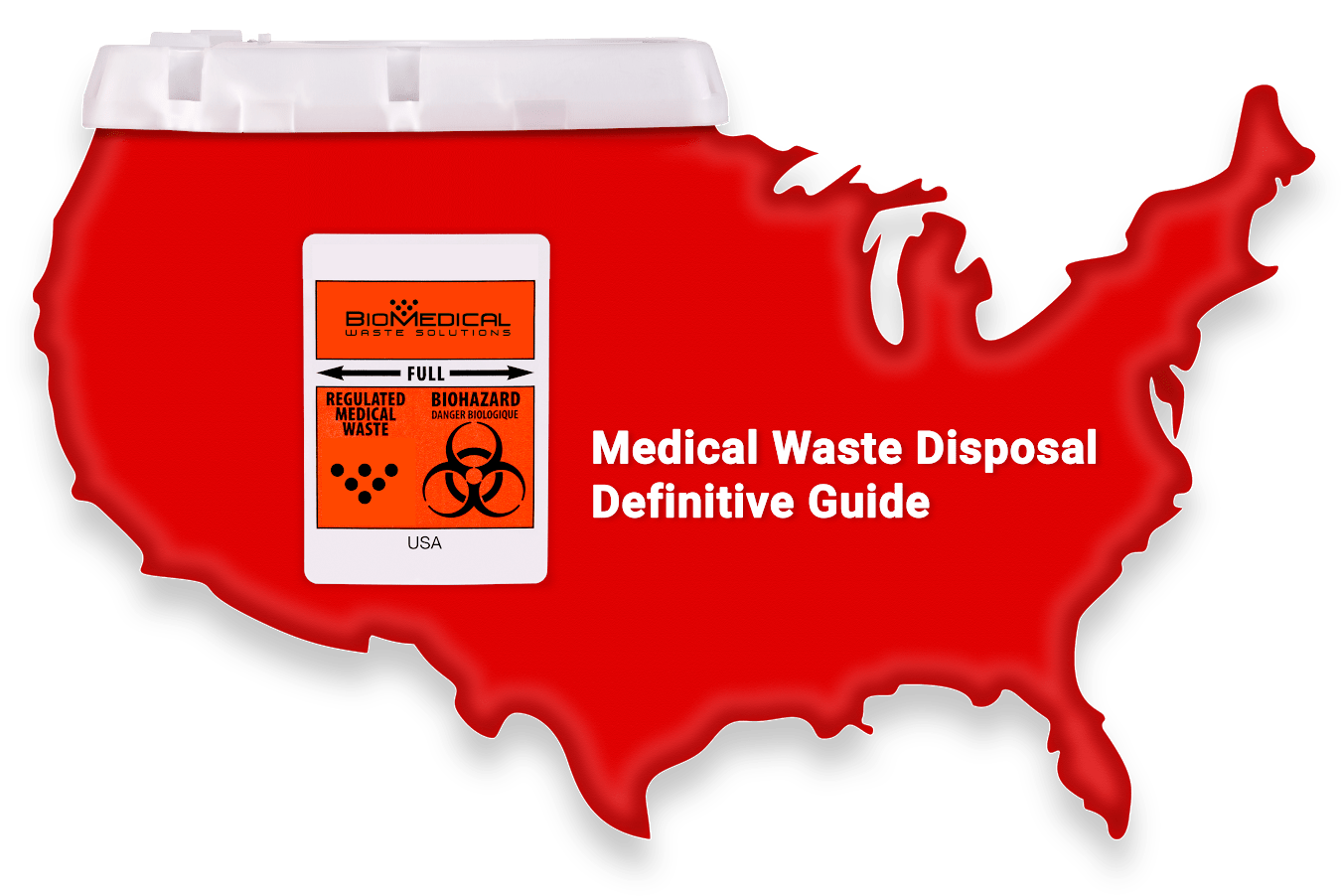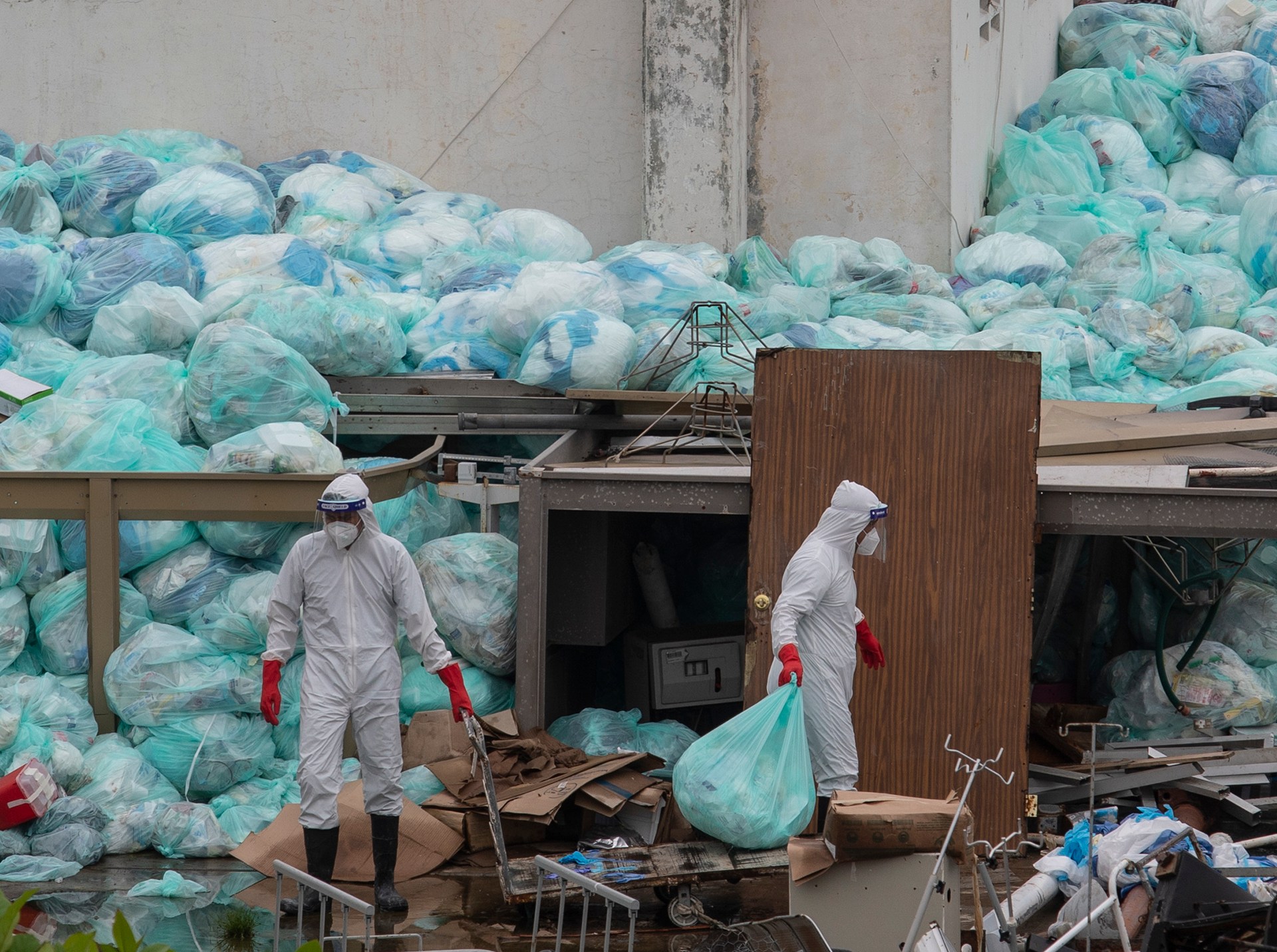Convenience at Your Front Door: Finding Reliable Medical Waste Removal Near Me
Convenience at Your Front Door: Finding Reliable Medical Waste Removal Near Me
Blog Article
Recognizing the Different Sorts Of Garbage Disposal Strategies
In the world of waste monitoring, the array of disposal techniques offered today is huge and differed, each approach serving a distinct function in resolving the obstacle of garbage disposal. click here. From recycling techniques that intend to offer new life to materials, to the complex procedures of harmful waste management, the landscape of waste disposal is complicated yet vital for ecological sustainability. Understanding the nuances of these different methods not just sheds light on the significance of accountable waste administration yet additionally motivates us to reassess our approach towards waste disposal in a rapidly developing world

Recycling Methods
Recycling approaches are important for sustainable waste monitoring techniques in both commercial and property settings. medical waste disposal. By applying reliable recycling methods, a significant quantity of waste can be diverted from landfills, saving natural deposits and minimizing the environmental influence of production processes
In residential areas, curbside recycling programs play a vital function in encouraging households to different recyclable products from basic waste. Materials such as paper, plastics, glass, and steels can be sorted and accumulated for processing right into new items, minimizing the need for raw products and energy-intensive production processes.
Industrial facilities additionally count on recycling approaches to reduce waste generation and advertise a round economic climate. By applying closed-loop systems, companies can reuse products within their manufacturing processes, minimizing prices and ecological footprint. medical waste disposal. Furthermore, commercial recycling programs often include collaborations with specialized reusing centers to ensure that materials are properly arranged, refined, and rehabilitated into the supply chain
Composting Techniques

Aerated static stack composting involves blending organic waste materials in a huge stack and consistently turning it to make certain appropriate oygenation. This technique is fit for smaller-scale operations and families.
In-vessel composting includes positioning natural waste in a shut container with controlled conditions for temperature level and oygenation. Windrow composting includes forming long rows of organic waste and on a regular basis transforming them to advertise decomposition - medical waste removal.
Garbage Dump Disposal
Landfill disposal is a frequently used method for taking care of waste that can not be reused or composted. Methane gas, a result of disintegrating organic waste in landfills, is frequently collected and used as a resource of eco-friendly power. Efforts to reduce dependence on land fills include promoting waste reduction, recycling, and discovering alternate waste disposal techniques to minimize the ecological footprint associated with traditional landfill disposal techniques.

Waste-to-Energy Incineration
Incineration of waste for power generation is an approach progressively being thought about as an alternative to standard land fill disposal techniques. Waste-to-energy incineration includes the more helpful hints burning of waste products at heats, normally in specialized centers developed to produce power or heat with the procedure - click here. This strategy not only minimizes the quantity of waste that would otherwise be predestined for landfills however likewise harnesses the heat created throughout incineration to create power
Among the key advantages of waste-to-energy incineration is its capability to create electricity while lessening the ecological influence contrasted to traditional land fill disposal approaches. By converting waste into energy, this technique aids in lowering greenhouse gas emissions and reliance on nonrenewable fuel sources for energy generation. Furthermore, waste-to-energy centers are outfitted with innovative air pollution control technologies to mitigate prospective ecological toxins launched throughout the burning procedure.
Contaminated Materials Monitoring
.jpg)
Considering the vital value of accountable waste administration practices, particularly in the world of ecological sustainability, the focus now moves towards the elaborate domain name of Hazardous Waste Monitoring. Contaminated materials poses significant threats to both human wellness and the environment, necessitating specialized handling and disposal strategies. Typical examples of contaminated materials consist of chemicals, batteries, pesticides, and electronic waste.
Harmful Waste Administration involves the recognition, collection, transportation, therapy, and disposal of products deemed potentially dangerous or hazardous. This procedure needs adherence to strict policies and guidelines to minimize negative effect on ecological communities and public health and wellness. Various techniques are employed in managing unsafe waste, including recycling, safe and secure garbage dumps, encapsulation, and chemical treatment.
Appropriate Contaminated Materials Monitoring is important for preventing contamination of soil, water sources, and air pollution. It is crucial for industries, labs, healthcare facilities, and various other generators of unsafe waste to carry out robust management strategies, training programs, and emergency response prepares to make sure the safe handling and disposal of these materials. Failure to take care of contaminated materials suitably can have significant effects, underscoring the value of attentive and responsible methods in this area.
Conclusion
In conclusion, waste disposal methods play an essential function in managing and lessening the influence of waste on the setting. From reusing and composting to land fill disposal and waste-to-energy incineration, each method has its own benefits and restrictions. Appropriate administration of contaminated materials is additionally crucial to protect public health and the environment. It is very important for people and industries to understand the different garbage disposal strategies readily available and pick the most suitable technique for sustainable waste management.
In the realm of waste monitoring, the variety of disposal methods available today is substantial and differed, each technique serving a distinctive objective in dealing with the challenge of waste disposal. click here. From reusing techniques that aim to offer new life to products, to the elaborate procedures of hazardous waste monitoring, the landscape of waste disposal is complicated yet vital for ecological sustainability. Understanding the nuances of these various methods not only loses light on the value of responsible waste monitoring however also motivates us to reconsider our method towards waste disposal in a quickly developing globe
Efforts to reduce dependence on landfills consist of promoting waste reduction, reusing, and exploring different waste disposal methods to decrease the environmental impact connected with traditional garbage dump disposal practices.
It is crucial for people and sectors to understand the different waste disposal strategies offered and pick the most suitable approach for sustainable waste management.
Report this page